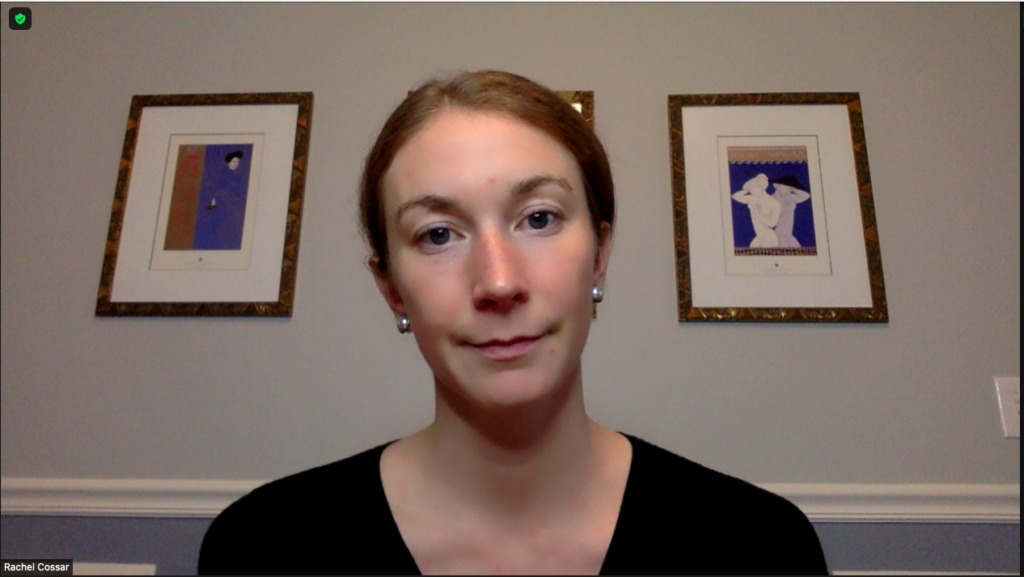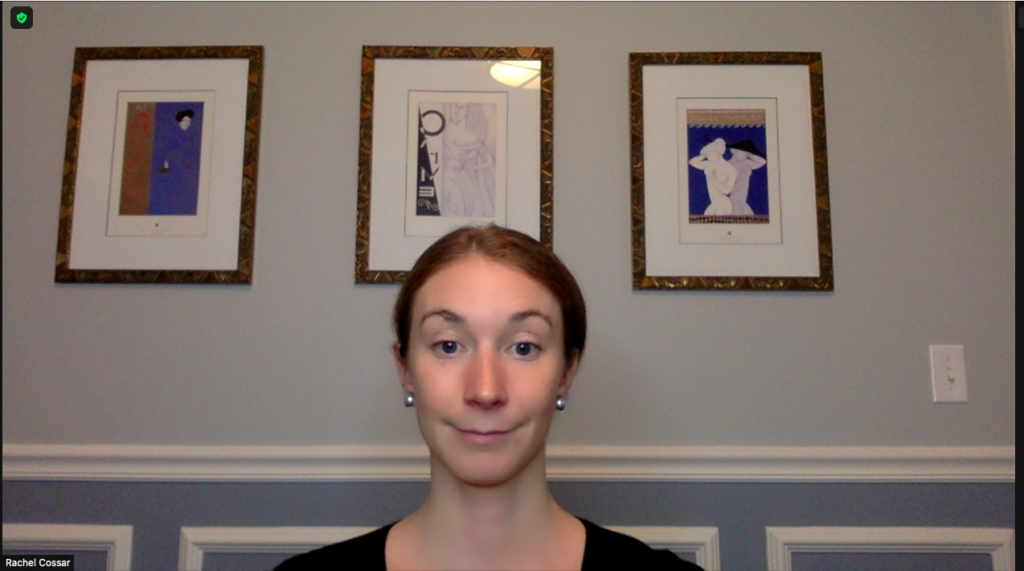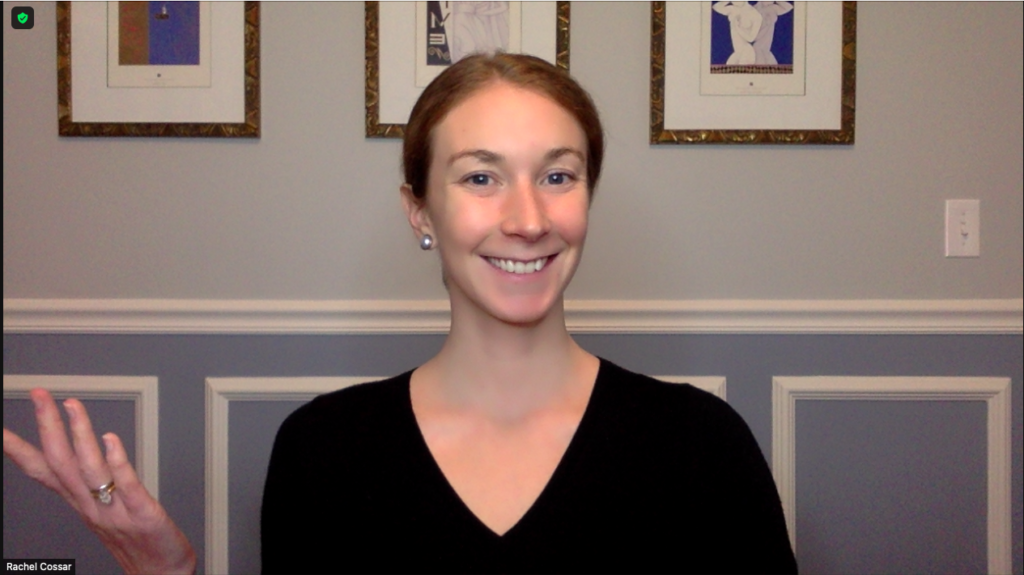Telling someone they should fix their posture usually results in an automatic eye roll. It takes us back to our childhood or teenage years when our parents, teachers, or even the odd stranger would tell us to “‘sit up straight!’ and ‘put your shoulders back!’
Telling someone they need to fix their framing…well that will almost certainly result in a completely perplexed expression. Framing? I’ve literally NEVER had to consider framing in any professional context. Even on video, shouldn’t my words be strong enough to make my framing irrelevant?
WRONG.
While it can be easy to discount the importance of posture in real life, it can be even easier to discount the importance of framing and posture in the virtual world. Yet these elements remain two of the most common issues our Sidekick picks up during calls. And they are related too.
In the virtual world, our framing and posture translate immediately into body language cues sent to our audience. If your framing is off, your posture is likely to be off as well. For example, when your lens is too low (a very common mistake) you will be looking down at your screen, where your audience is. By taking the weight of your head off of its axis and stooping towards the screen, you place an exponentially larger strain on your neck. (Hello i-Hump!)

This framing and posture combo translates into a poor body language impression for your audience.
Similarly, if your lens angle is off, only your head will be showing. This means we are missing out on the benefit of your full body posture, and head gestures. Video is the only digital means of communicating a full message, one which includes the nuance of our tone and our body language. Don’t do yourself a disservice and silence a core part of your impact as a communicator.

As you can see in the above pictures, the way we set ourselves up and the way we hold ourselves sends a strong message of our overall professional brand. See how our bodies send strong messages, without the use of any words? In a visual, video based context, our words are rarely louder than our bodies.
While building the Sidekick, we intentionally built in a pre-call check, so you can set yourself (and your posture) up for success. We also show the framing nudge first because, once again, if your framing is off, that is likely the root cause of some of the other issues. Fix your framing, you may well fix your posture, your eye gaze, your use of hand gestures and so on.

Once again, good framing, leads to good posture leads to a strong impression on our audience.
In short, poor framing and poor posture lead to a poor impression sent directly to your audience. Don’t start a call from a point of weakness. Go the extra small distance, and nail your framing set up first – your audience will thank you, and it makes for a much more human connection in the end.
Our Sidekick is available with a free trial here – install yours now!
